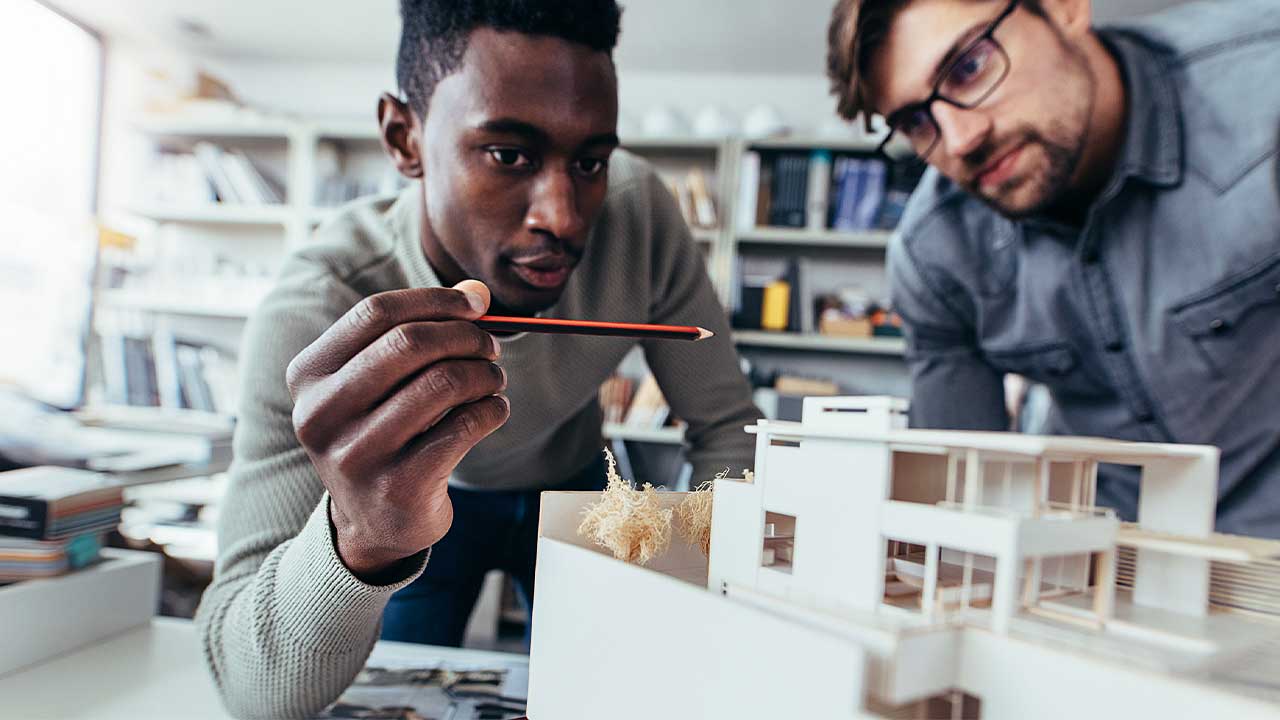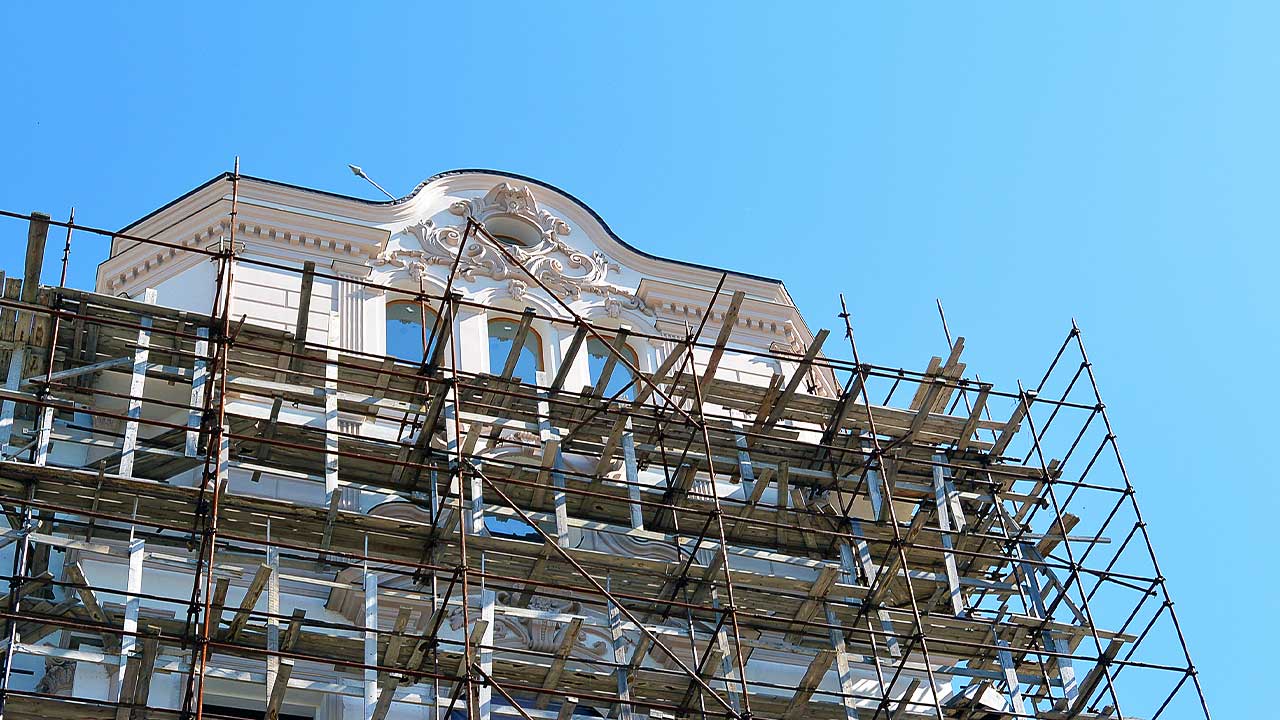Every architectural project is built with form and function in mind. This is also known as the vocation of a space and aims to fill the needs of the society it services. A public, urban space like a park, for instance, provides the opportunity for community development, physical activity, and social interactions.
Over time, the purpose of a building or space can change, and older buildings can be left behind by modern demands. An emerging concept known as adaptive reuse, which is the process of rehabilitating or recovering old buildings for new uses, allows architectural teams and builders to preserve the heritage and history of a site while still meeting the occupant’s needs. Learn more about how building recovery can combine creativity and technical innovation to revitalize the function, economy, and sustainability of a site.
Architectural Teams Know the Differences Between Recovery, Renovation, and Restoration
There are many components involved in building recovery that are not necessarily applied to renovation or restoration.
When a building is being restored, the primary goal is to reproduce the appearance of the site exactly as it appeared in the past, with emphasis on its historic value. A renovation, by contrast, does not typically consider the heritage of a building and instead seeks to improve its condition and function by repairing and altering interior and exterior aspects.
Building recovery falls between restoration and renovation. The historical features of a site are taken into consideration when introducing new designs and additions, while still drawing upon practical lessons and fundamentals from a diploma in architectural design technologies. Occasionally, recovery can include replacing missing or damaged historic features, which can either be an accurate replica or an otherwise compatible design.
Practicing Sustainability with Building Recovery
There are many different factors that are involved in the realization of a project from design to construction, including an increased focus in architecture courses on the sustainability and environmental impact of a building.

It’s important to promote optimized, functional, and sustainable design
Recovering a building is a cost-effective method of construction due to a majority of the aesthetic materials such as sculpted stone, columns, masonry, and carved wood already being included. There is also little to no demolition involved, and while there may be some modernization of pre-existing utilities required, adapting and reinventing a space for a new use gives it a revitalized presence in a community that uses fewer resources and cost than constructing a new building.
Adaptive Reuse and Your Architecture Courses
One sector of architectural design is known as built heritage, which focuses on the historical aspects of a built environment. Built heritage incorporates areas and neighborhoods as well as buildings such as cathedrals, museums, and houses.
Adaptive reuse, also known as building recovery or rehabilitation, utilizes the technical and practical training from your school for architectural design technology to reinvent a building’s identity while keeping its historic value intact.
Currently, over 20 percent of Canada’s historic buildings have been demolished, and building recovery offers architectural teams the opportunity to focus on preserving the cultural and social heritage of a site as well as add their own personalization and modernized designs.
Do you want to complete training for a rewarding career?
Fill out the form to get started!



